The question was frequently heard in the homes of Britain. The meaning of it has started to sound old-fashioned now – current TV's are anything but box like. To finish up our nostalgia series, we will take a look at the history of television industry.
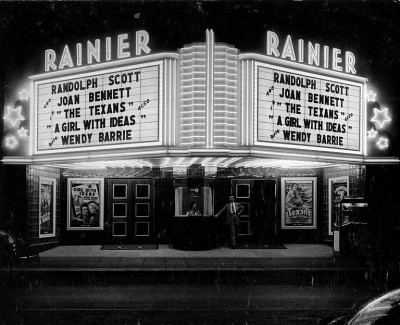
Before TVs
The history of motion picture does not start with television, it starts with cinemas. First movie theatres opened in 1895 in Berlin followed shortly by France, Italy, Belgium, and of course – Great Britain. The films shown were in monochrome and silent, with audio often being provided either by a piano player or by a live orchestra, who hid down in the theatre orchestra pit below the screen.
Storylines were played out by mimes and gestures, with masters of the period such as Charlie Chaplin and his ‘Little Tramp’ gaining worldwide stardom. It was in 1920s, when technological challenges were overcome and motion pictures were combined with recorded sound.
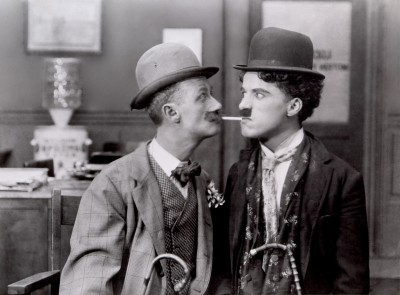
Folks, get your magnifying glasses out
For a few decades it was possible to see movies only in movie theatres. This was about to change, as television was about to be invented. The first predecessor of today’s television was mechanical television system. The system was basically a radios with the addition of a television device consisting of a neon tube behind a mechanically spinning disk with a spiral of apertures that produced a red postage-stamp size image, enlarged to twice that size by a magnifying glass.
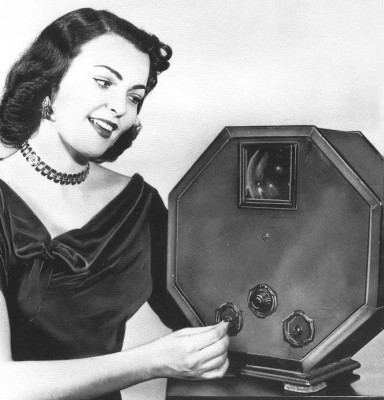
Experimental electronic television sets were developed in Europe, America, Soviet Union and Japan in 1920s, but the first commercially made electronic TV was manufactured in Germany in 1934. The first television station was began in the US in 1928. The first official broadcast in the UK launched 8 years later. It was BBC Television Service, today known as BBC One.
Plug it in
Early electronic television was quite primitive. The content was filmed by a single camera and the limitations of early cameras forced actors in dramas to work under impossibly hot lights, wearing black lipstick and green makeup (the cameras had trouble with the colour white). As all new inventions, television sets were not cheap either. The cheapest model with as little as a 12-inch screen cost $455 (equivalent to $7,456 today).
World War II slowed down the development of television industry as the companies that had invested in TV before, turned their attention to military production. Television sets became accessible after the war, with the lifting of manufacturing freeze.
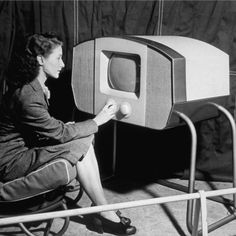
In 1946 there were only 6,000 television sets in the US. In 1951, the number had risen to 12 million. By 1955, more than half of the American households had a TV. In Britain, there were 15,000 television households in 1947, but 5 years later - 1.4 million.
A Monster in the living room
Old TV sets had CRT screens that used an evacuated glass envelopes which were large, deep, heavy and relatively fragile. These old bulky TVs remained popular until the 2000s. When compared to more modern technology, CRT screens have several disadvantages, but the biggest are their size and weight – it was not uncommon for a TV to weigh over 50 pounds.
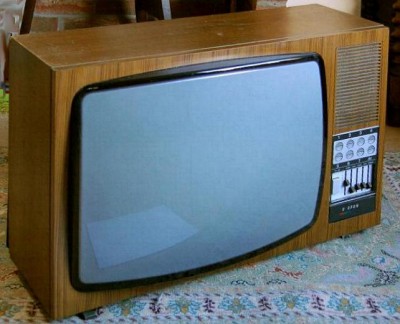
In 2000s, TV sets went on a diet. CRT was replaced by flat LCD and plasma screens which are much thinner, lighter, offer larger screen sizes and use less power. By 2010s LCDs have become by far the most widely produced and sold television display type.
TV Times
Shows have also changed a great deal over the years to meet current trends. The 1960s saw a near obsession with Space Travel, with many iconic sci-fi shows such as Lost in Space, Star Trek and Doctor Who hitting our screens. The 70s saw more ‘cutting edge’ crime dramas such as Kojak and Starsky & Hutch, possibly due to the introduction of night time broadcasting breaking traditional moulds.
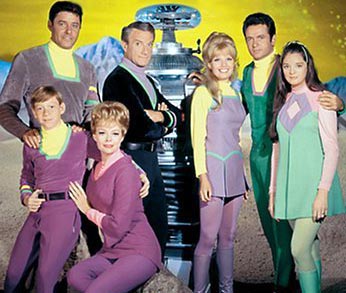
The late 70’s and early 80’s also saw a big increase in game show popularity, with shows such as The Price is Right, Play your Cards right and Blankety Blank taking prime time spots on our televisions their contestants desperate to win their dream holiday abroad or that motorboat which they have never previously desired or needed. Looking back, this played into the psyche of the period famous for excessive wealth and the aspirations of said wealth among those who didn’t have it.
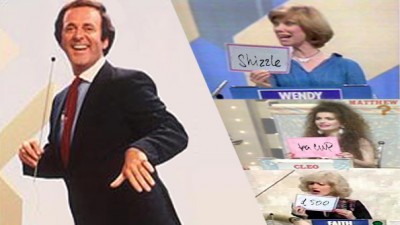
TV has had a bad reputation in the past, especially with parents who always seemed to fear that their children were sitting too close, or just watching too much of it. But looking back, I expect that we all have fond memories from our childhood of Children’s TV which left its mark on us for only positive reasons. Shows such as Muffin the Mule, Tiswas, Pigeon Street or Mr Benn.
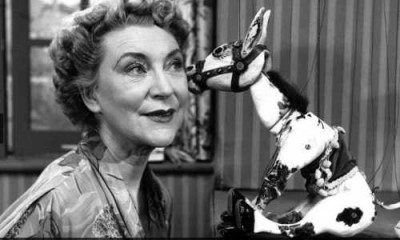
Many shows have become a tradition and an ingrained part of our culture – Children’s shows such as Blue Peter and Sesame Street are still going strong today. And the likes of Coronation Street and Emmerdale are still a ritual which many viewers cannot break decades after first airing, they have become that important to us.
Since the beginning of the Twentieth Century, television really has become our window to the world, and its part in our ever busier lives shows no signs of diminishing. This is one of the reasons why at Sentab we feel that TV is the perfect platform for our own interactive window into a new social world.

Check out the rest of our site to find out more about what Sentab can bring to your TV today. There are loads of shows that we haven't had time to mention, the likes of Fawlty Towers, On the Buses, Steptoe & Son! We'd like to hear in the comments any that you look back on with a real sense of nostalgia...